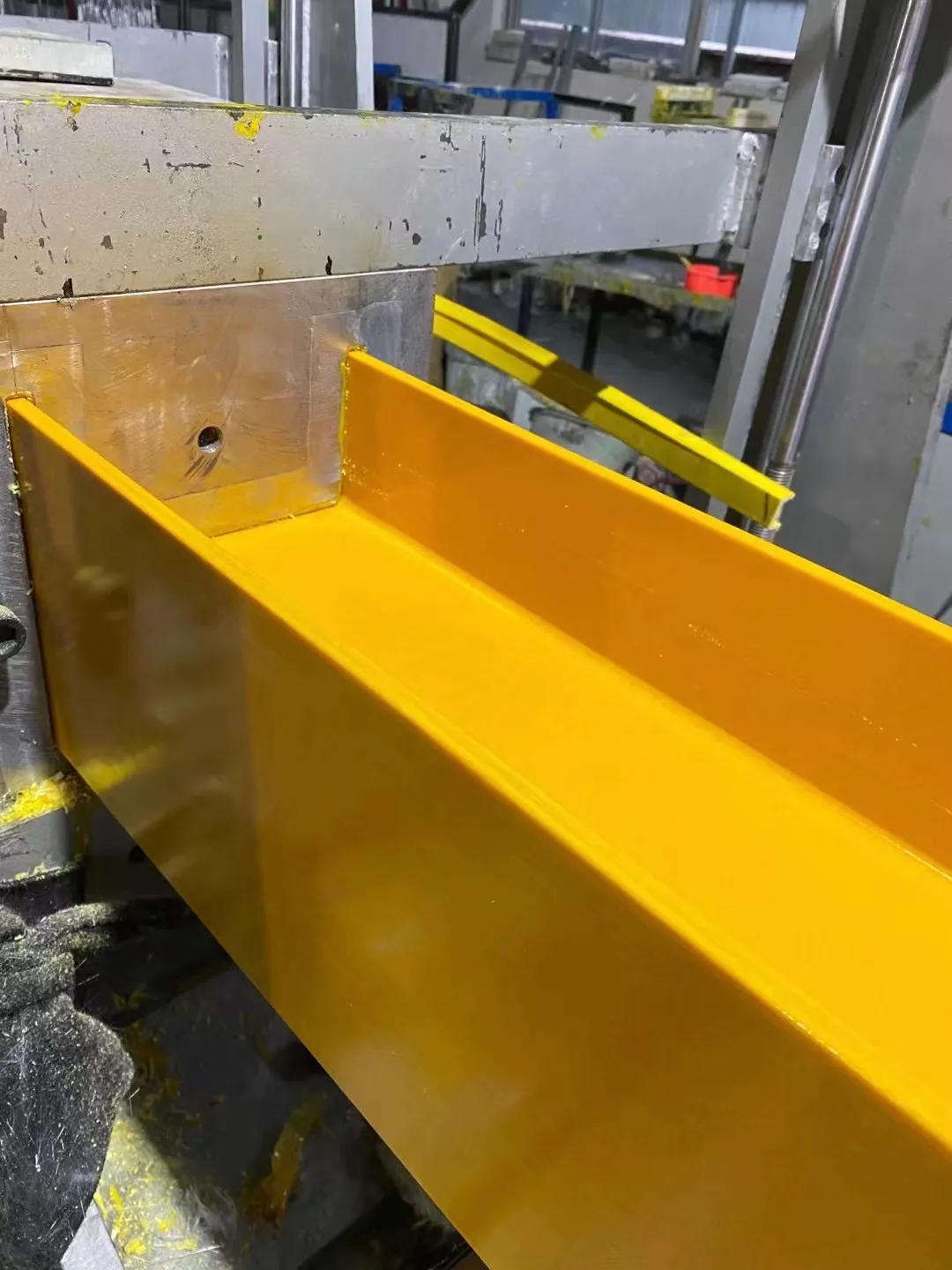loading...
- No. 9, Xingyuan South Street, Dongwaihuan Road, Zaoqiang County, Hengshui, Hebei, China
- admin@zjcomposites.com
- +86 15097380338
- Welcome to visit our website!
Innovative Solutions for Lightweight FRP Platform Grating Systems and Applications
Understanding FRP Platform Grating A Comprehensive Overview
FRP, or Fiberglass Reinforced Plastic, is an innovative material that has gained immense popularity in various industries, particularly for platform grating applications. The unique properties of FRP make it an ideal choice for numerous environments, delivering both strength and durability while maintaining a lightweight profile. This article explores the characteristics, advantages, applications, and maintenance considerations associated with FRP platform grating.
What is FRP Platform Grating?
FRP platform grating is a composite material formed by embedding fiberglass strands in a plastic matrix, usually polyester or vinyl ester resins. These components contribute to its remarkable strength-to-weight ratio, corrosion resistance, and versatility. The grating is manufactured in various configurations, including molded and pultruded forms, accommodating different project requirements.
Key Characteristics
1. Corrosion Resistance One of the most significant advantages of FRP grating is its resistance to corrosion. Unlike traditional metal options, FRP will not rust or corrode when exposed to harsh chemicals, moisture, or environmental elements. This makes it particularly suitable for chemical processing plants, wastewater treatment facilities, and marine environments.
2. Lightweight FRP grating is much lighter than steel or aluminum alternatives. This property reduces the overall weight of structures, making transportation and installation more manageable and cost-effective.
3. High Strength Despite its lightweight nature, FRP grating boasts impressive load-bearing capabilities. It can withstand heavy loads and is available in various thicknesses to meet specific loading requirements.
4. Non-Conductive Another critical feature is its electrical insulation properties. FRP does not conduct electricity, making it an ideal choice for applications in electrical facilities or environments where static discharge could pose a risk.
Advantages of FRP Grating
1. Durability FRP grating has a long lifespan due to its resistance to wear and tear. It can endure harsh environmental conditions, including UV exposure, rain, and temperature fluctuations.
frp platform grating

2. Ease of Installation The lightweight nature of FRP grating allows for simple handling and installation, often reducing labor costs. Moreover, it can be cut and shaped on-site, allowing for flexibility in design and layout.
3. Lower Maintenance Requirements The durability and corrosion-resistant properties of FRP grating result in reduced maintenance interventions. This translates into long-term savings for businesses and industries that rely on it.
4. Aesthetic Appeal FRP grating can be manufactured in various colors and finishes, allowing for customization to match the aesthetics of a facility. This is particularly important in environments where visual appearance is a concern, such as commercial buildings and public spaces.
Applications of FRP Grating
FRP platform grating is employed across a wide range of industries and applications, including
- Chemical Processing Used in flooring, walkways, and platforms due to its resistance to corrosive substances. - Wastewater Treatment Ideal for use in treatment plants where exposure to moisture and chemicals is common. - Marine Industry Perfect for docks, piers, and other waterfront applications due to its resistance to saltwater and harsh weather conditions. - Power Generation Utilized in power plants for walkways and platforms where electrical insulation is essential.
Maintenance Considerations
While FRP grating requires minimal maintenance, regular inspections should be conducted to ensure its integrity. Cleaning can typically be done using soap and water, although it is important to avoid abrasive cleaners that could damage the surface. Inspecting for signs of wear, particularly around high-traffic areas, ensures that the grating continues to perform effectively.
Conclusion
In conclusion, FRP platform grating offers an array of benefits that make it a preferred choice for various industrial and commercial applications. Its remarkable properties, durability, and versatility position it as a key material in environments where traditional options may fall short. As industries continue to seek innovative solutions, FRP grating is likely to play an increasingly significant role in the future of construction and infrastructure development.
-
Transform Your Spaces with FRP Grating SolutionsNewsNov.04,2024
-
The Versatility and Strength of FRP RodsNewsNov.04,2024
-
The Excellence of Fiberglass Water TanksNewsNov.04,2024
-
The Benefits of FRP Grating for Your ProjectsNewsNov.04,2024
-
Elevate Your Efficiency with FRP Pressure VesselsNewsNov.04,2024
-
Welcome to the World of FRP Pressure VesselsNewsOct.12,2024
-
Unveiling the Future of Filtration: Why FRP Filter Vessels are a Game ChangerNewsOct.12,2024
